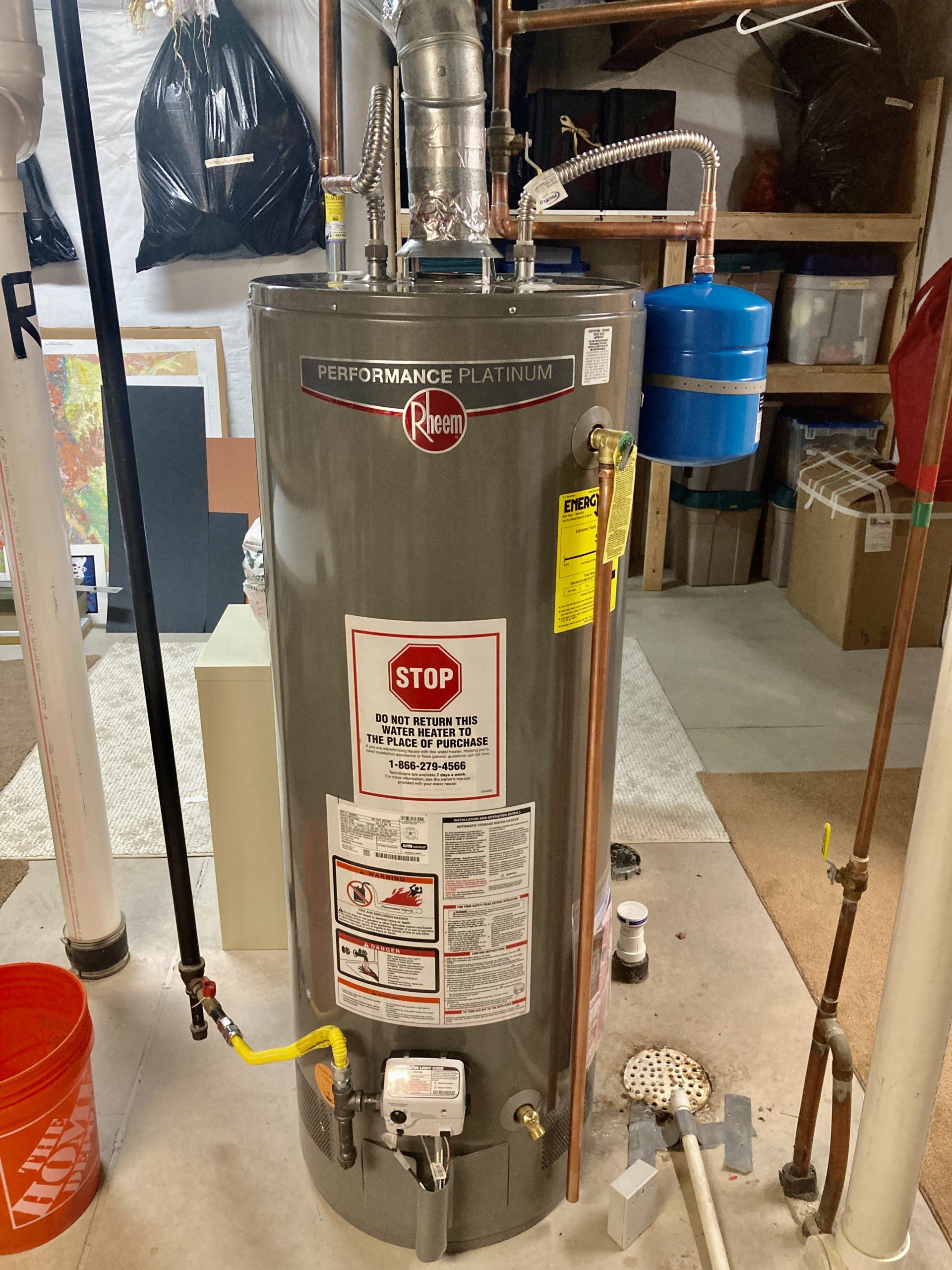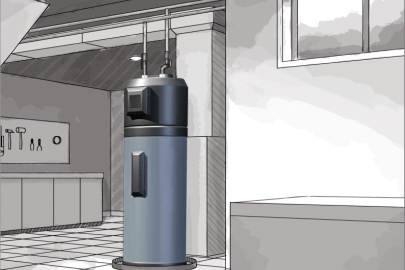Best Practices for Maintaining Your Home's Hot Water System
Call TodayWere you trying to find details on Water Heater Maintenance Tips You Can't Afford to Forget?

Hot water is crucial for everyday comfort, whether it's for a revitalizing shower or washing dishes. To ensure your warm water system runs effectively and lasts longer, routine maintenance is vital. This short article provides practical pointers and insights on just how to preserve your home's warm water system to prevent disruptions and expensive repair work.
Intro
Maintaining your home's hot water system could seem complicated, but with a couple of basic actions, you can ensure it runs smoothly for years ahead. This overview covers every little thing from comprehending your warm water system to DIY maintenance suggestions and recognizing when to call expert aid.
Significance of Keeping Your Warm Water System
Routine maintenance not only prolongs the life-span of your hot water system but likewise ensures it runs effectively. Overlooking upkeep can bring about reduced efficiency, higher energy bills, and also premature failing of the system.
Indicators Your Warm Water System Demands Upkeep
Understanding when your warm water system requires focus can avoid significant issues. Watch out for indicators such as inconsistent water temperature level, odd noises from the heating unit, or rusty water.
Recognizing Your Warm Water System
Prior to diving into upkeep jobs, it's practical to understand the standard parts of your hot water system. Commonly, this includes the hot water heater itself, pipes, anode poles, and temperature controls.
Month-to-month Maintenance Tasks
Normal monthly checks can help capture small issues before they intensify.
Purging the Hot Water Heater
Purging your hot water heater eliminates sediment buildup, improving effectiveness and lengthening its life.
Checking and Replacing Anode Rods
Anode rods stop deterioration inside the tank. Examining and replacing them when worn is essential.
Examining and Changing Temperature Settings
Changing the temperature settings ensures ideal performance and security.
DIY Tips for Maintenance
You can perform several maintenance jobs yourself to keep your warm water system in leading problem.
Looking for Leaks
Frequently evaluate pipelines and connections for leaks, as these can lead to water damages and greater expenses.
Evaluating Stress Relief Valves
Testing the stress safety valve guarantees it functions correctly and prevents excessive stress accumulation.
Protecting Pipes
Shielding warm water pipes decreases heat loss and can save power.
When to Call an Expert
While DIY upkeep is valuable, some problems need professional proficiency.
Facility Problems Requiring Specialist Assistance
Examples include significant leaks, electric issues, or if your water heater is continually underperforming.
Routine Professional Upkeep Perks
Professional upkeep can include thorough assessments, tune-ups, and guaranteeing conformity with safety and security requirements.
Verdict
Routine upkeep of your home's hot water system is essential for performance, durability, and price savings. By adhering to these ideas and knowing when to seek specialist assistance, you can ensure a trusted supply of hot water without unanticipated disruptions.
How to Maintain an Instant Hot Water Heater
Before tinkering with your hot water heater, make sure that it’s not powered on. You also have to turn off the main circuit breaker and shut off the main gas line to prevent accidents. Also turn off the water valves connected to your unit to prevent water from flowing into and out of the appliance. 2. When you’re done, you have to detach the purge valves’ caps. These look like the letter “T†and are situated on either side of the water valves. Doing so will release any pressure that has accumulated inside the valves while at the same time avoid hot water from shooting out and burning your skin. 3. When the purge valves’ caps are removed, you have to connect your hosing lines to the valves. Your unit should have come with three hoses but if it didn’t, you can purchase these things from any hardware or home repair shops. You can also get them from retail stores that sell water heating systems. Read the user’s manual and follow it to complete this task properly. When the hosing lines are connected, open the purge port’s valves. 4. You should never use harsh chemical cleaners or solutions when cleaning your unit. Make use of white vinegar instead. It should be undiluted and you’ll probably use about 2 gallons. 5. Now flush your water heater. This task should probably take about 40 minutes. We can’t give you specific directions for this because the procedure is carried out depending on the type, model and brand of your heater. With that being said, refer to the user’s manual. 6. When you’re done draining the unit, you have to turn off the purge port valves again. Remove the hosing lines that you earlier installed on each of the water valves. Put the valve caps (purge port) back in their respective places and be very careful so as not to damage the rubber discs that are found inside these caps. 7. Now that everything’s back in place, check your user’s manual again to find out how to reactivate your water heating system. 8. Once it is working, turn one of your hot water faucets on just to let air pass through the heater’s water supply pipes. Leave the tap on until water flows smoothly out of it. https://www.orrplumbing.com/blog/2014/september/how-to-maintain-an-instant-hot-water-heater/

Do you like more info about How to Maintain Your Water Heater & Prolong its Life? Write a remark down below. We will be pleased to hear your views about this post. In hopes that you come back again soon. So long as you liked our page please remember to pass it around. We cherish your readership.
Call Today